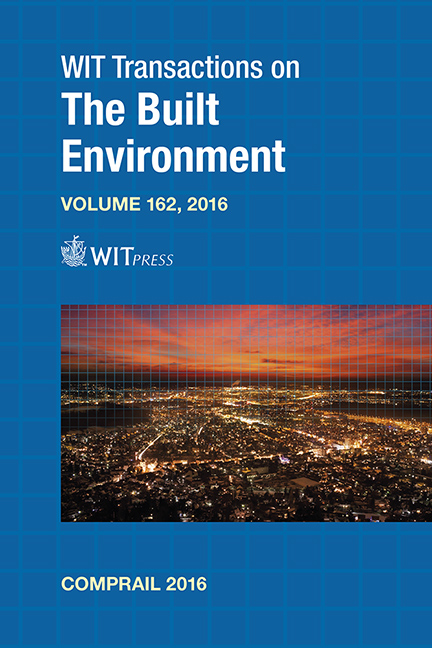Modeling The Access Modal Split Of Passenger Railway Hub Stations In The Metropolis
Price
Free (open access)
Transaction
Volume
162
Pages
12
Page Range
55 - 66
Published
2016
Size
685 kb
Paper DOI
10.2495/CR160061
Copyright
WIT Press
Author(s)
J. Kou, B. N. Gu
Abstract
Generally, the utility of traffic modes for passengers is taken into account in an inter-city link, but the utility of both ends is considered less. When taking a trip, passengers choose the access modes to the railway hub station first, so the utility of the access modes also has a significant effect on the whole trip. Precise access modal split of the railway station is profound for facility configuration of all the access modes and saving of the passengers’ travel time. Based on a real traffic network, this paper aims at the utility of access modes, provides a framework of the access modal split of the passenger railway hub stations (PRHSs) in the metropolis, and analyzes the items and characteristics of utility of the access modes. It selects the access time, fare, types of luggage and per capita family income as the utility items. And through an RP survey at Shanghai railway station, it calculates the utility of the access modes and estimates the parameters. It concludes that the access time, fare and luggage types all have a negative effect on the access modes and the per capita family income has a positive effect on the taxi and K&R access mode but a negative effect on the metro and bus access modes.
Keywords
metropolis, passenger railway hub station, utility function, access modal split





